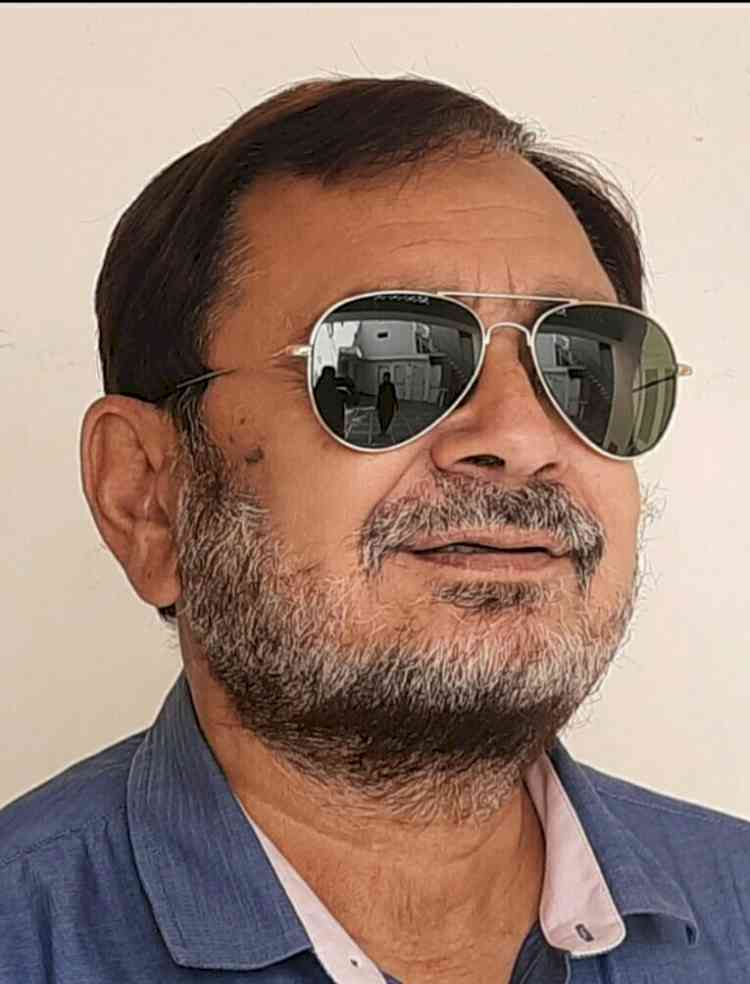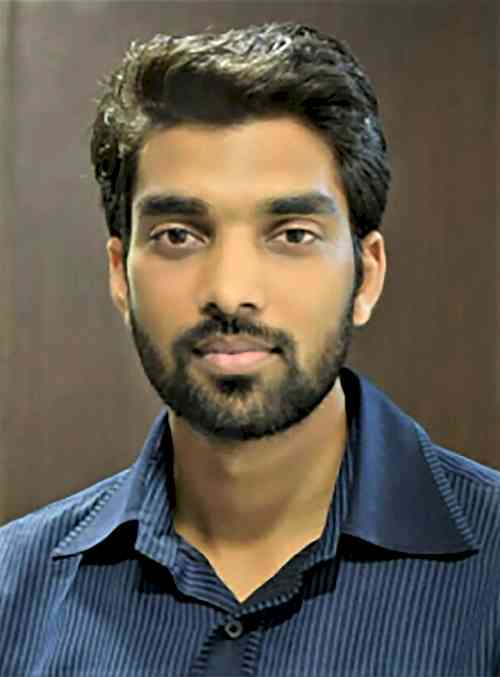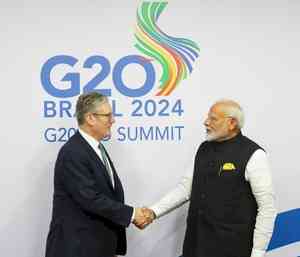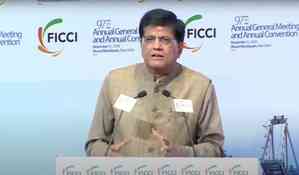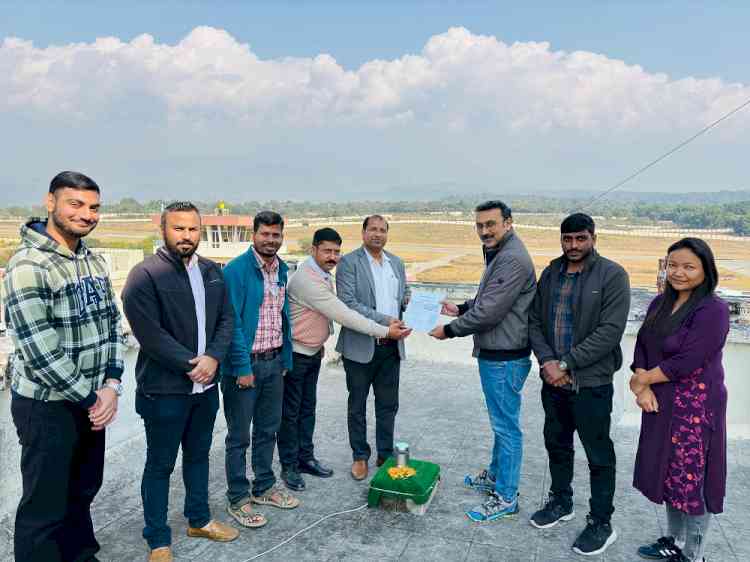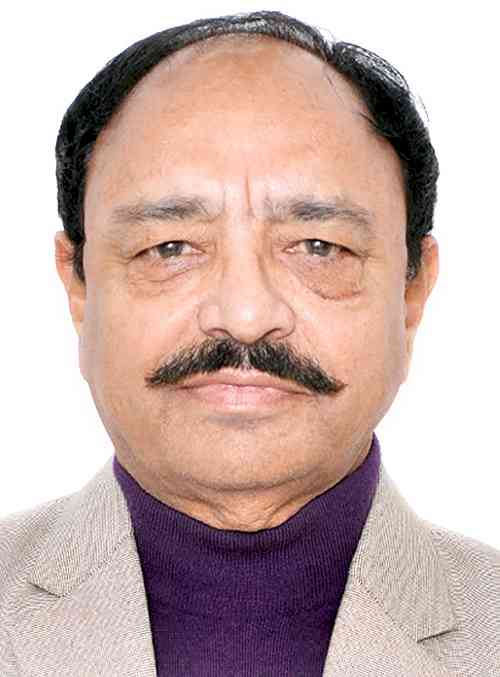As India enters elections mode, bread and butter issues remain ignored (IANS Column: Fair Point)
With the Gujarat and Himachal Pradesh Assembly elections and a few bypolls completed, the latest round of voting may be over for the time being, but the wait for more is not going to be long.

DEEPIKA BHAN
With the Gujarat and Himachal Pradesh Assembly elections and a few bypolls completed, the latest round of voting may be over for the time being, but the wait for more is not going to be long.
In 2023, 10 states are going to vote. The country will be in election mode throughout the year. The north-eastern states of Tripura, Meghalaya and Nagaland are likely to go to vote in March; the polls in Karnataka could be in May; and elections in Rajasthan, Madhya Pradesh, Telangana, Chhattisgarh and Mizoram are slated for December 2023.
Jammu and Kashmir, which has been under President's Rule since 2018, is also scheduled to return to electoral democracy, although the likely date is still not clear. Year 2023 will be the semi-final for the ultimate thriller of the 2024 general elections.
The country seems perpetually to be in the election mode. The hyperactivism of various political parties and the crusading 'movements' by their support groups ensure that the real issues of the people never get to be on top of the agenda of our politicians. Rhetoric is on the centrestage and everything gets politicised.
The next two years are not going to be any different. Politics will take over the national agenda. There will be yatras, rallies, a lot of mud-slinging, sting operations, raids and arrests, high drama, allegations and counter-allegations, and everything possible that can weaken the opponent.
The competition is cut-throat and the fight is for that ultimate vote. The election is the only time in five years that makes common people feel all-powerful. The journey to the poll booth is the time when voters feel like they are truly the rulers of the land. Only in this case the 'ruler' becomes insignificant soon after votes are counted and the results are in. It is now the turn of someone else to become the 'king'.
How many times do we, the voters, see our local MP or MLA, or even the area corporator? Are they easy to approach after they occupy their seats of power? Does their victory in any way help change anything for us, the voters?
The answers to the hypothetical questions may equally be hyperbolic, but to be in denial is like being a slave to the situation. The fact is that the basic problems of the people -- rising prices, growing unemployment, law and order issues, unequal availability of food, water, sanitation, health, education, housing, and so on -- continue to be around.
Religious persecution in 21st-century India is a fact as hundreds of thousands have been uprooted in Kashmir and forced to take refuge in other parts of the country. Farmers in many places are in distress.
The land available for farming is decreasing and lakhs of young people in villages are forced to migrate to cities and towns for jobs. The overall job scenario is not encouraging with lay-offs continuing in companies.
The prices of essential food items such as vegetables, edible oil, milk, fruits and pulses, and even wearables like clothes, seem to be just spiralling out of control. Rs 100 seems to be like Rs 10, and even beggars frown upon coins as alms. But then these are not on the agenda of any political party. These are everyday concerns of common people who fret and fume and curse all, but their despair fails to register.
The recently concluded Gujarat Assembly elections, conducted in two phases on December 1 and 5, witnessed a voter turnout of 64.30 per cent. It was 4 per cent less than the last Assembly elections in the state in 2017, when the turnout was 68 per cent across both phases. For the Municipal Corporation of Delhi, the turnout was just a little above 50 per cent.
Some pundits were quick to point out that the low enthusiasm was a show of the voters' disenchantment with political parties. But then the Himachal Pradesh election recorded a 75.6 per cent turnout, which was higher than the 2017 figure of 75.57 per cent, then also an all-time record. The Himachal turnout silenced those who touted the 'low enthusiasm' theory.
In a month from now, the 2023 election season will begin in earnest, and politicians of all hues will be busy raking up issues that affect and overwhelm people's emotions, but fail to make their lives any better.
It doesn't really matter, because working on emotions is what creates waves. Price rise, unemployment and security issues don't stir the people as much. The voter's psyche has been very well worked upon by strategists and analysts.
Voters do not let their judgement be influenced by day-to-day problems they face; their decision at the polling booth is determined by the emotional quotient worked upon by the political strategists and influencers on the basis of caste, community and religion.
This is how elections have been run in the past and the pattern is not likely to change in the future.
Gujarat decided and so did Himachal Pradesh. And now nine are in the pipeline, to be followed by the big one in 2024. As the festival of elections continues, the wheels of the country continue to move at their own pace, despite all the odds. The excitement for the upcoming elections has already started to build up.
(Deepika Bhan can be contacted at [email protected])


 IANS
IANS 
